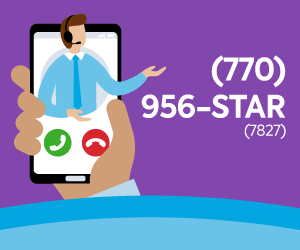Urinary Incontinence
Diagnosing and Treating Urinary Incontinence
Do you have a pressing urge to urinate even when you don’t really need to go? Do you have difficulty controlling your bladder when getting out of a chair or climbing stairs? Do you find yourself heading to the restroom more often than you’d like? If so, you’re not alone. More than half of all women experience urinary incontinence or an inability to control their bladder at some point in their lives. The good news is you don’t have to let it interfere with your life or keep you from enjoying time with your family and friends. Urinary incontinence is very treatable at any age.
What type of incontinence do I have?
Seeing a doctor who specializes in treating incontinence is an important first step toward relief. Make sure during your visit with your doctor, that you accurately describe when and under what conditions you have difficulty controlling your bladder. Your doctor will also use a variety of diagnostic tools such as urodynamic testing to determine the cause and type of your urinary incontinence as well as your best treatment option.
Because each patient with urinary incontinence is unique, doctors prescribe incontinence treatments based on the type and severity of your incontinence. There are five basic types of urinary incontinence: stress urinary incontinence, urge incontinence, mixed incontinence, overflow incontinence, and functional incontinence. In many cases, individuals experience symptoms of more than one type of incontinence.
Many of these conditions can be managed pharmacologically or through behavioral changes. There are also several minimally invasive surgical options that can help correct and restore continence long-term. One such procedure is the Transobturator Tape (TOT). Placed under the bladder neck or urethra, the hammock-like strip supports the bladder and urethra, so that urine can flow and be held properly.
What are my treatment options?
It is important that you understand all the treatment options available to you, and that you share your thoughts and any concerns with your doctor, so that you can work together to find the best treatment option for your urinary incontinence.

